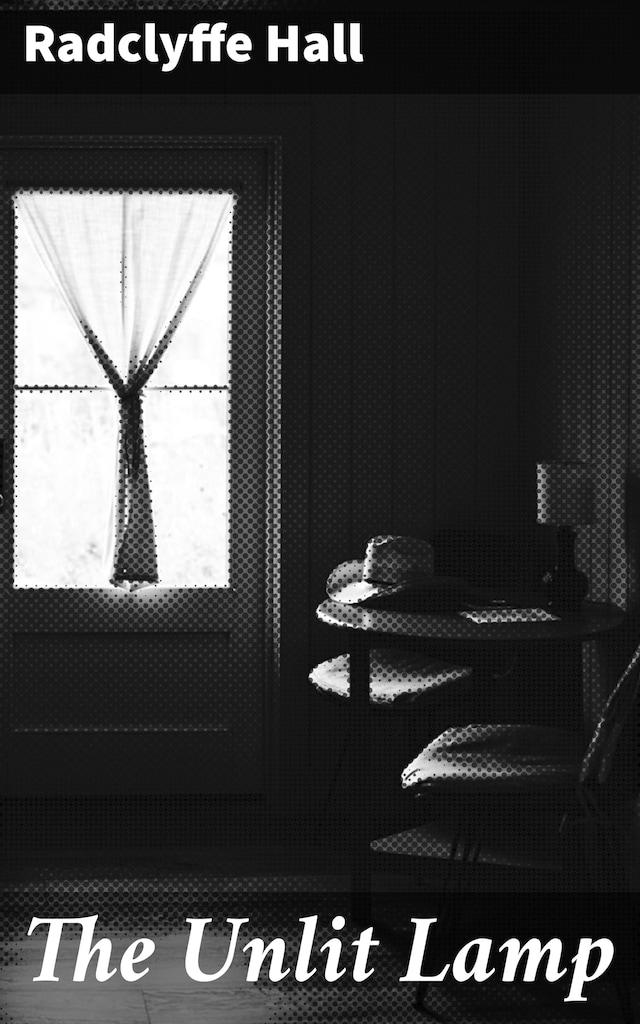
The Unlit Lamp
Love, Desire, and Societal Expectations in Early 20th Century England
Description of book
In "The Unlit Lamp," Radclyffe Hall crafts a poignant narrative that delves into the complexities of personal identity and unfulfilled desires. Set against the backdrop of early 20th-century England, the novel employs a lyrical prose style that evokes a haunting sense of longing. Through the life of its protagonist, the story explores themes of love, societal expectation, and the suffocating constraints of convention, offering a profound commentary on the emotional landscapes of its time. Hall's exploration of the nuanced struggles faced by women resonates with the burgeoning Modernist literary movement, where internal experiences take center stage and rigid narratives are challenged. Radclyffe Hall, a prominent figure in LGBTQ+ literature, used her own life experiences and struggles with societal norms to infuse her works with authenticity and depth. Born in 1880, Hall became a pivotal voice for women's rights and sexual identity, often intertwining autobiographical elements into her fiction. The challenges she faced as a lesbian in a repressive society inspired her to illuminate the lives of those marginalized by societal constraints, making "The Unlit Lamp" not just a novel, but a significant sociocultural critique. This novel is highly recommended for readers interested in early 20th-century literature, feminist themes, or LGBTQ+ narratives. Hall'Äôs evocative storytelling and rich character development invite readers to reflect on their own identities and societal roles, making "The Unlit Lamp" a timeless work that continues to resonate in today's discussions about love and identity.
 Radclyffe Hall
Radclyffe Hall 357 Pages
357 Pages